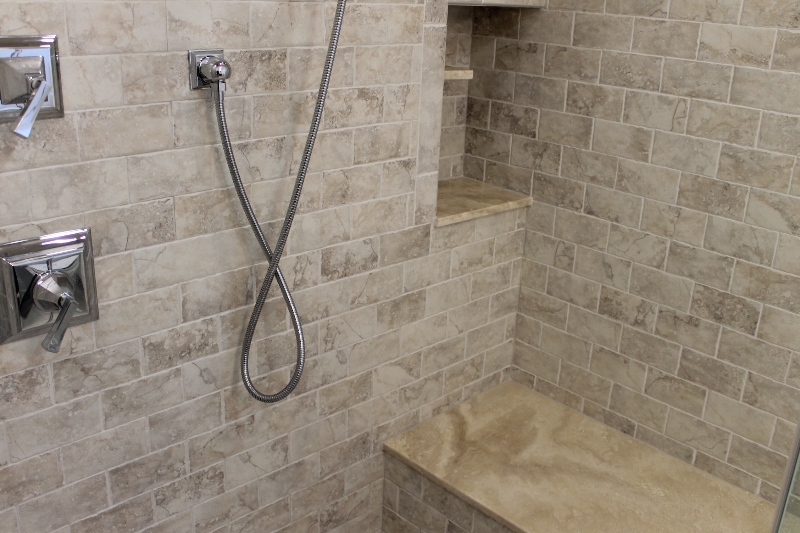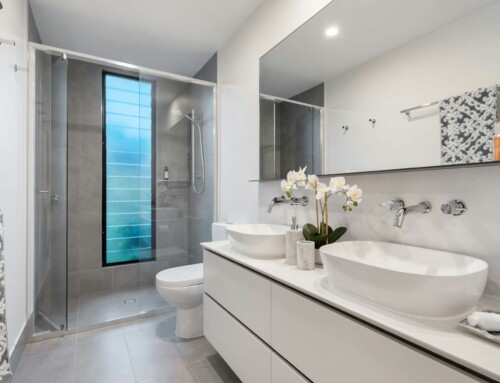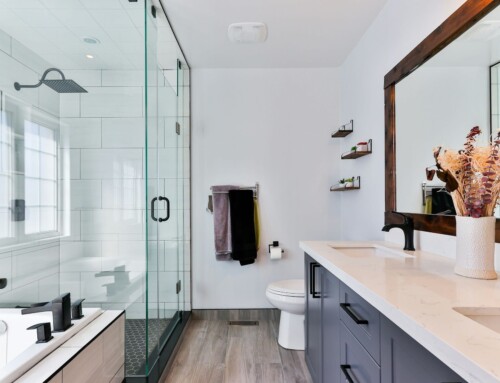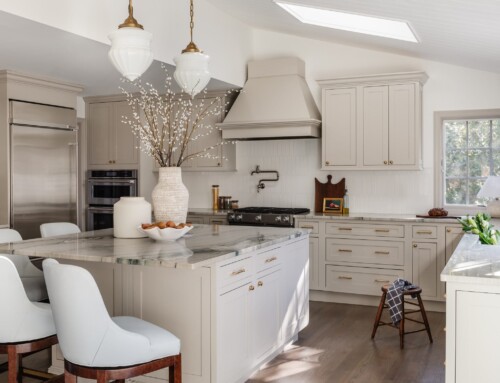
With so many choices available, it can be difficult to decide which type of tile to use in your bathroom. Thanks to the help of Better Homes and Gardens, we can shed to light on the main points to consider when choosing tile for your bathroom, as well as the types of tile available on the market.
Vitreosity is the primary factor to consider when choosing a type of tile. Vitreosiy refers to the tile’s capacity to absorb water. The better the tile’s ability to absorb water, the greater the chance that it should wind up on you bathroom floor or in your shower. Nonvitreous tiles should be reserves only for accent purposes. Also, glazed tiles are water-resistant while unglazed tiles are not. Keeping in mind the friction coefficient will also help you choose a tile that may further prevent you and your loved ones from slipping.
Let’s take a closer look at the kinds of tiles available today.
Ceramic or Porcelain
Ceramic and porcelain tile is made from pressed and heated clays. When glazed, they become ideal for baths and showers. They also tend to offer the widest variety for consumers.
Natural Stone
For those searching for a rustic or less traditional appeal in their bathrooms, natural stone can be the way to go. Because they’re not waterproof, a sealer may be necessary when using installing them.
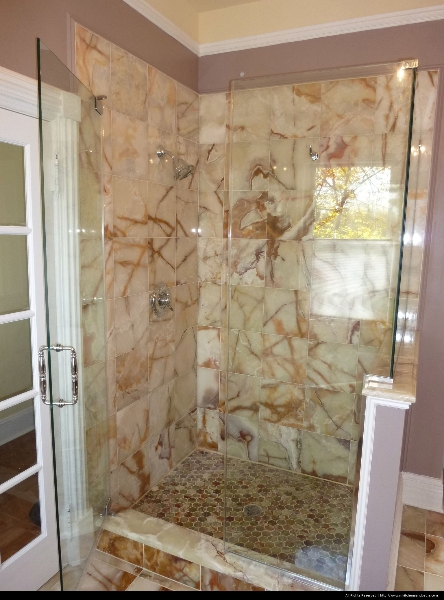
Glass
After ceramic and porcelain, glass probably offers the most variety of shapes and colors for your bathroom. Glass is often used in mosaic details but often used on walls as well. But because of its low friction coefficient, it isn’t the best option for flooring.
Marble
Derived from naturally crushed and heated limestone, marble is often a choice for those looking for a high end, elegant look in their bathrooms.
Granite
Granite’s density makes it harder than other natural stones and has a tendency to work best as countertops or floors.
Limestone
Limestone is also a natural stone with a honed surface and usually comes in brown, beige, and yellow tones. Like granite, it is often used for countertops and flooring.
Terra-cotta
Terra-cotta is a man-made tile that should only be used for dry areas. However if glazed, it may have additional bathroom use.
Travertine
Also a limestone tile, travertine is a multilayer stone which makes for a great choice for walls or floors.
Cement-bodied
A cured sand-and-mortar mix makes up cement-bodied tile. It is a nonvitreous tile with great durability. Consumers can choose a rough look or smooth finish.
Slate
Slate is a fine-grain stone that’s naturally slip-resistant, making it a great option for floors, walls, and countertops.
